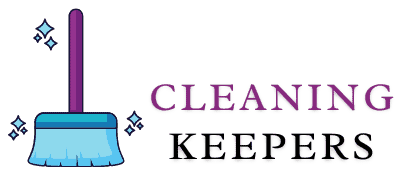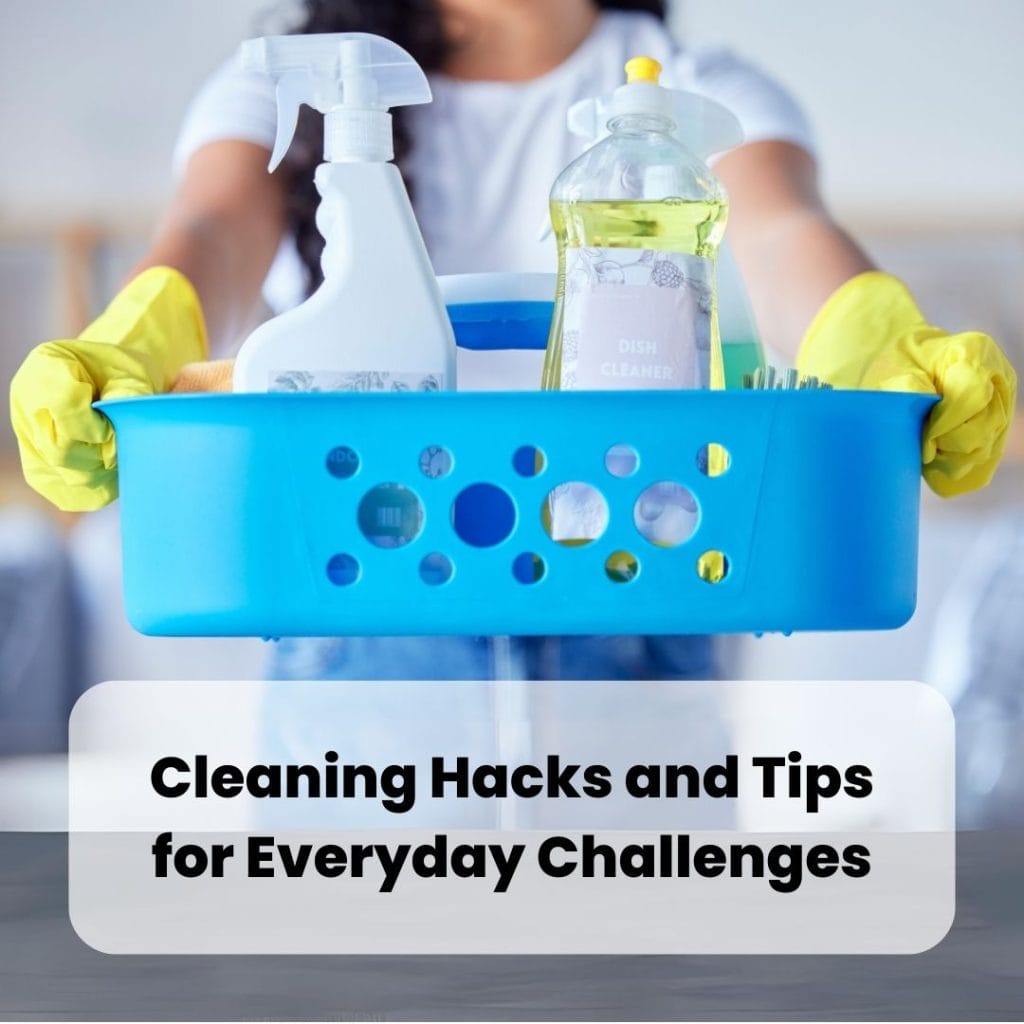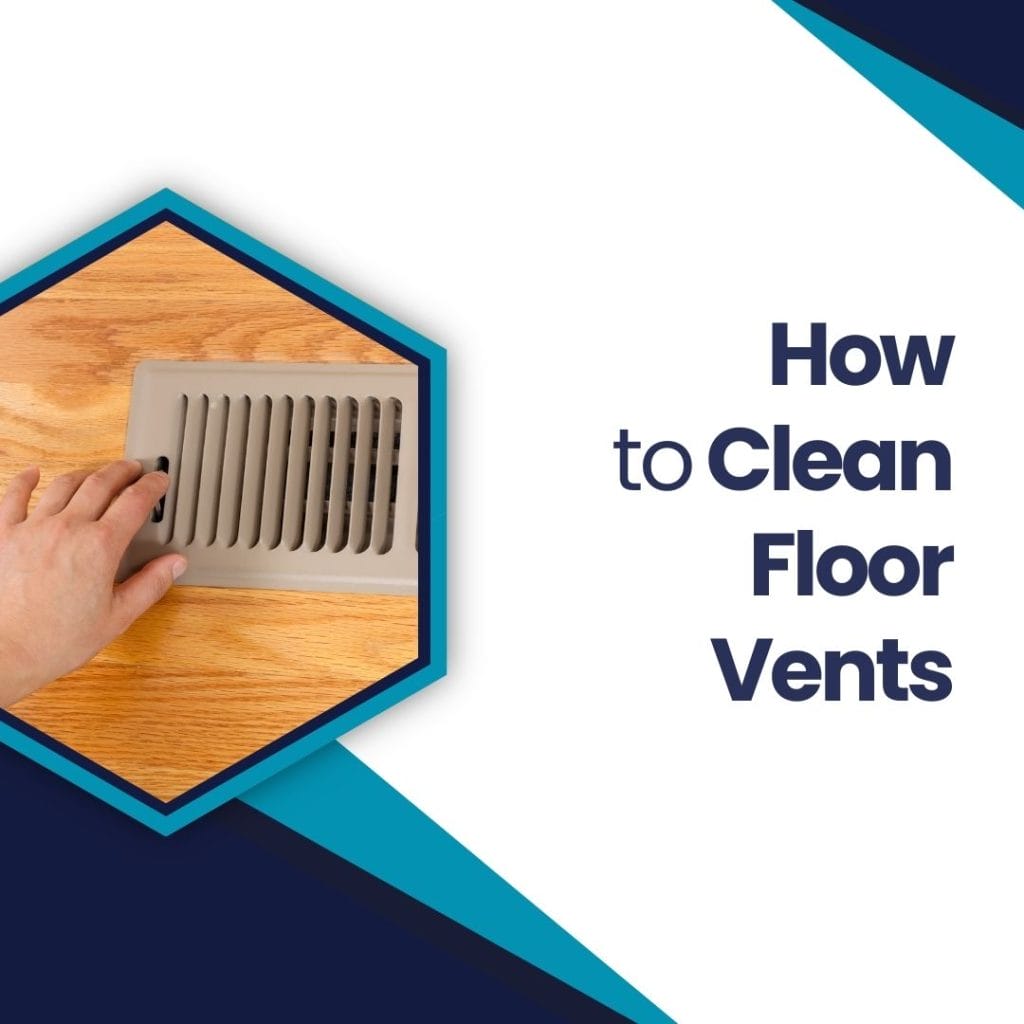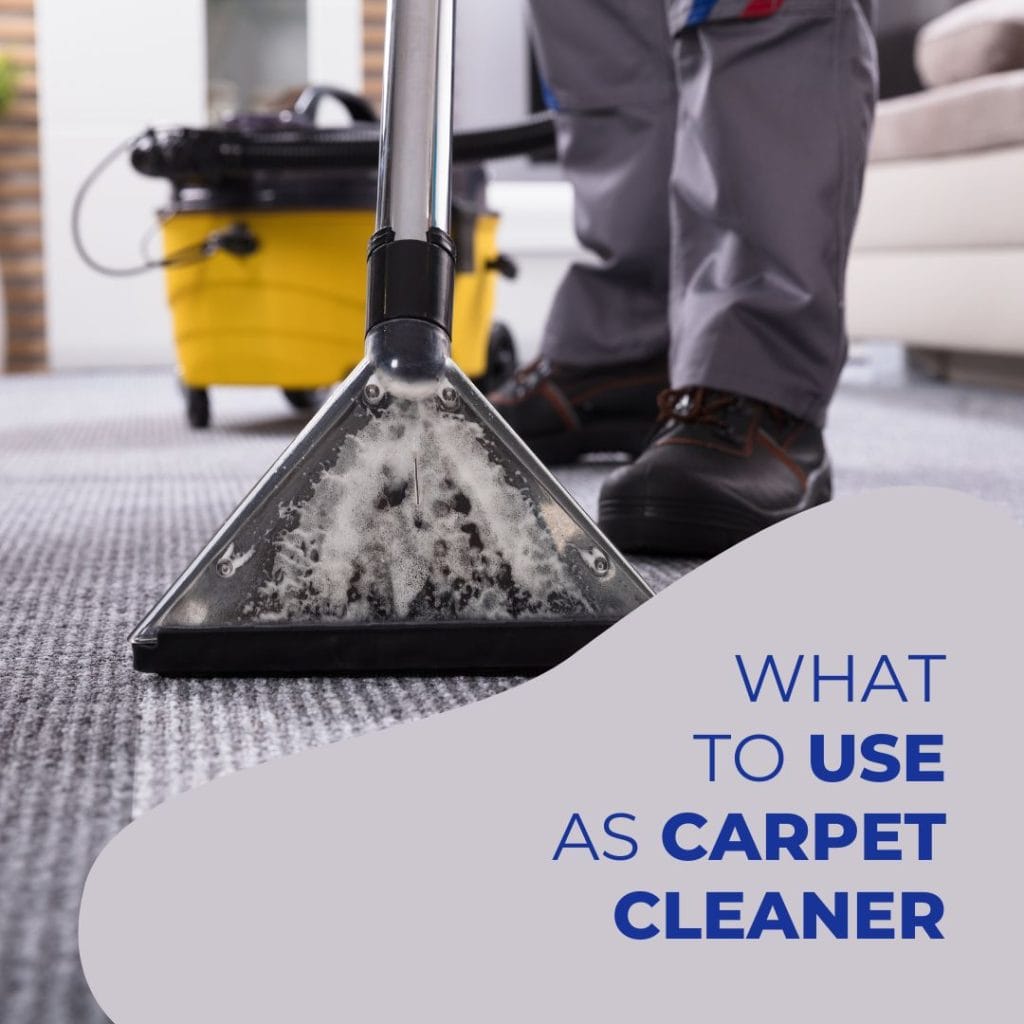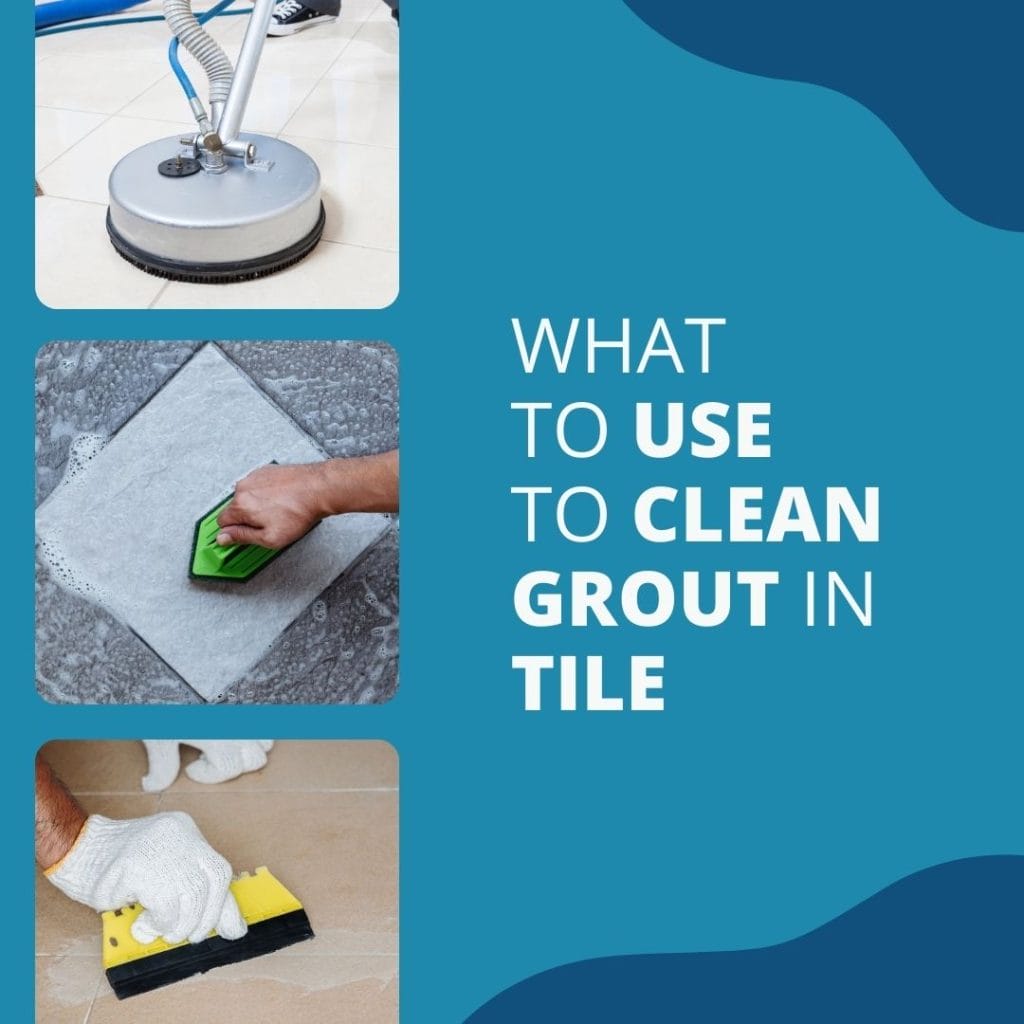Maintaining your vehicle’s braking system is essential for both safety and efficiency. Understanding how to use brake parts cleaner the right way can make a significant difference in your business operations. Regularly cleaning your brake parts plays a pivotal role in ensuring the smooth operation of your vehicles. This enhances safety by preventing malfunctions and improves efficiency by reducing wear and tear. Embracing proper use of brake parts cleaner is an economical way to extend the longevity of your fleet, making it a cost-effective practice for small to medium-sized businesses. An investment in cleanliness today could mean substantial savings tomorrow.
Understanding Brake Dust and Deposits
Brake dust and deposits are inevitable by-products of the braking process, whose accumulation can significantly impact your vehicle’s performance. Understanding what they are, why they occur, and how to manage them effectively is crucial for maintaining optimal brake functionality. Let’s delve deeper into these elements and their effects on your fleet’s braking system.
Breakdown of Brake Dust Origins and Composition
Brake dust is predominantly a mix of iron particles, carbon residues, and other contaminants derived from the brake rotor and brake pad materials. It’s generated when the rotors grind against the brake pads during braking, shedding tiny metallic particles. These particles mix with the surrounding air and road grime to form the dark, powdery substance known as brake dust, which settles on your vehicle’s wheels and brake components.
Consequences of Dust Accumulation on Brake Performance and Longevity
Dust buildup can have detrimental effects on brake function and component lifespan. It can cause premature wear and tear on the brake pads and rotors, reducing braking efficiency and potential safety risks. Excessive brake dust can also lead to squealing noises and vibration during braking. Regular and proper use of brake parts cleaner helps mitigate these issues, maintaining the performance and longevity of your brake system.
Selecting the Right Brake Parts Cleaner
Choosing the right brake parts cleaner is critical to your maintenance routine. It can distinguish between an efficiently working brake system and one prone to early wear and tear.
The following section will guide you in selecting an effective, safe, cost-efficient brake part cleaner for your business operations.
Before applying the cleaner, ensure that the brake parts have cooled down to avoid damage, as safety is crucial like in the firearm cleaning guide
Guidelines for Selecting Brake Cleaners
A good brake cleaner should be fast-acting and leave no residue, easily cutting through brake dust, grease, and other deposits, similar to the cleaning effectiveness described in cleaning hard-to-reach vents. It should be safe for all brake components, including pads, rotors, and calipers. For environmental safety, choose cleaners that are non-corrosive and non-flammable, aligning with the practices recommended in our eco-friendly steam cleaning vehicles article.
Types of Cleaners in the Market
There are primarily two types of brake cleaners: chlorinated and non-chlorinated. Chlorinated cleaners are potent and fast-drying but less environmentally friendly and can harm certain brake components. On the other hand, non-chlorinated cleaners are slower to evaporate but safer for the environment and your brake parts. Both types have advantages, and your choice should align with your business’s needs, environmental considerations, and safety requirements.
Step-by-Step Guide to Using Brake Parts Cleaner
This section delves into a comprehensive step-by-step guide on using brake cleaners effectively and safely. This guide provides practical tips and best practices to implement in your daily operations, ensuring maximum efficiency and longevity of your brake components.
Preparing the vehicle: Safety measures and setup.
Safety should always be your priority when preparing to clean your brake parts. Ensure your vehicle is parked on a flat, stable surface and engage the parking brake. Use jack stands or vehicle lifts to elevate the car safely, providing access to the brake components.
Additionally, equip yourself with protective gear such as safety glasses, gloves, and a mask to shield against dust and cleaner fumes.
Before cleaning, ensure the brake parts have cooled down sufficiently to avoid the risk of injury or damaging components. Lastly, consider placing a drip pan or absorbent mat beneath the work area to catch any runoff, protecting the environment and simplifying cleanup.
Vehicle Preparation: Safety and Setup
Start by positioning the jack in the appropriate jacking point under your vehicle, typically indicated in the vehicle’s manual. Raise the car until the wheel is off the ground.
Removing the Wheel
Next, loosen the lug nuts and remove the wheel to expose the brake components. Make sure to store the lug nuts in a safe place while you work.
Applying the Product
Spray the brake parts cleaner liberally onto the brake assembly, directing the stream towards areas with the most buildup. Allow the cleaner to soak for a few moments to effectively dissolve grime, then wipe it off with a clean cloth.
Repositioning the Wheel
Finally, once the brake components are clean and dry, reattach the wheel, aligning the lug nuts correctly. Lower the vehicle gradually using the jack, ensuring stability. Check and tighten the lug nuts once the car is fully grounded. Remember, careful repositioning ensures safety and operational efficiency.
Cleaning Tips and Mistake Prevention
Pay special attention to areas with heavy buildup to ensure thorough cleaning, like the caliper assembly and brake pad surface. Use a small brush to dislodge stubborn grime if necessary. However, avoid over-spraying as it can lead to unnecessary waste and potential damage to non-brake components.
Common mistakes include rushing the drying process and not allowing the cleaner to soak long enough. Allow the cleaner to evaporate naturally for optimal results. Also, never spray on hot brake parts, as it could cause rapid evaporation before the cleaner can work. Lastly, always work in a well-ventilated area to avoid inhaling harmful fumes. Safety is paramount when learning how to use brake cleaner.
Environmental Considerations and Health Impacts
Understanding the environmental considerations and health impacts associated with using brake parts cleaner is crucial, not only for the well-being of your staff but also for the sustainability of your business and the planet. In this section, we unravel these aspects in detail to help you make informed decisions when selecting and using brake cleaners.
Environmental Consequences of Brake Dust
Brake dust, a byproduct of brake wear, contains an array of heavy metals and carbon compounds that can harm the environment. When released into the air, this dust can contaminate soil and water bodies, disrupting ecosystems and posing potential risks to wildlife and human health. Therefore, effectively and responsibly managing brake dust and properly using brake parts cleaner is integral to minimizing environmental harm.
Health Implications of Metal Particles and the importance of proper disposal.
When inhaled over prolonged periods, metal particles in brake dust can pose serious health risks, including respiratory ailments and neurological effects. Hence, it’s crucial to implement proper disposal practices. Dispose of used brake parts cleaner, contaminated rags, and other waste by local waste disposal regulations. This not only safeguards the health of your team and community but also helps to protect the environment.
After cleaning, it’s important to dispose of the used cleaner and rags according to local regulations, as emphasized in our guide on using Invisalign cleaning crystals.
Maintaining Your Brakes for Longevity and Performance
In this final section, we will focus on the importance of regular maintenance and its role in extending the lifespan and improving the performance of your braking system. We’ll also offer some practical tips on using brake cleaner as part of your regular maintenance routine.
Importance of Regular Brake Maintenance
This regular cleaning helps remove brake dust and other contaminants that can wear away at the brake components over time. It keeps the parts working optimally, reducing the likelihood of brake failure and expensive repairs. Proactive maintenance is key to keeping your braking system in top-notch condition.
Advantages of Routine Cleaning: Safety, Durability, and Savings.
Regular cleaning of brake parts significantly enhances safety. Removing dust and grime buildup ensures optimal brake responsiveness, reducing the likelihood of accidents due to brake failure.
Reduced wear is another notable benefit. Cleaning prevents the accumulation of abrasive particles that can cause premature wear and tear, extending the lifespan of your brake parts.
Lastly, regular cleaning can result in substantial cost savings for your business. It minimizes the need for frequent parts replacement and expensive repairs, contributing to your operation’s overall profitability. Remember, understanding how to use brake cleaner correctly can be a game-changer for your business’s maintenance routine.
Regular use of brake parts cleaner can extend the lifespan of your braking system and improve vehicle safety, akin to the maintenance benefits discussed in the hardwood floor refinishing guide
Conclusion and Additional Resources
Knowing how to use brake cleaner effectively can improve safety, reduce wear and tear, and significant cost savings for your business. It’s important to consider environmental and health impacts and follow local waste disposal regulations. Regular maintenance routines, including brake cleaning, can greatly enhance the lifespan and performance of your braking system. For further guidance, check out The Brake Specialist’s Guide or join communities such as Brake Maintenance Forum, where you can exchange ideas and tips with other industry professionals.
